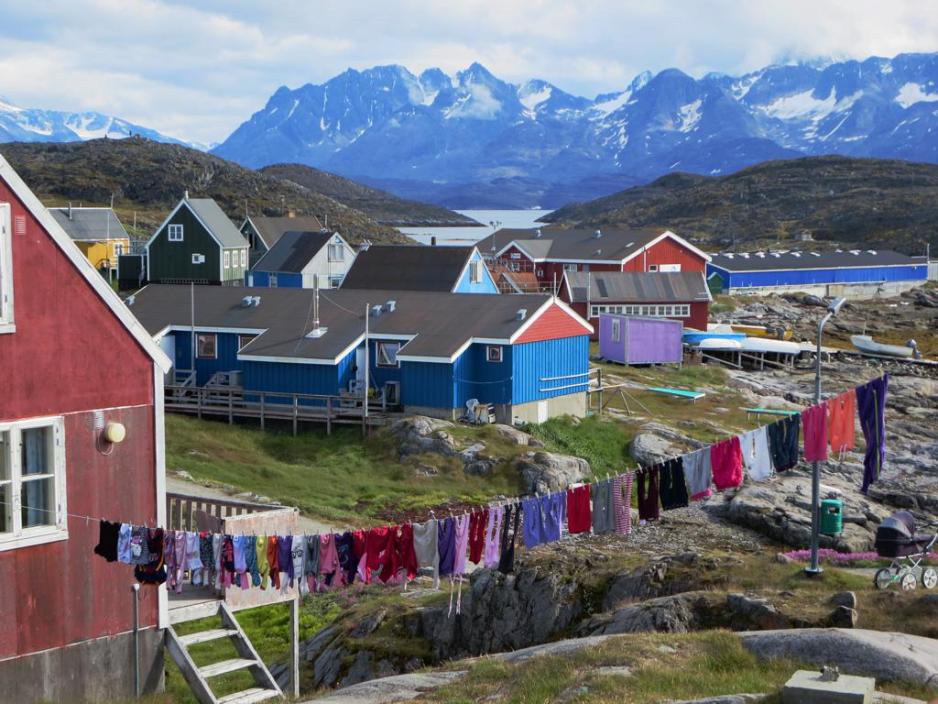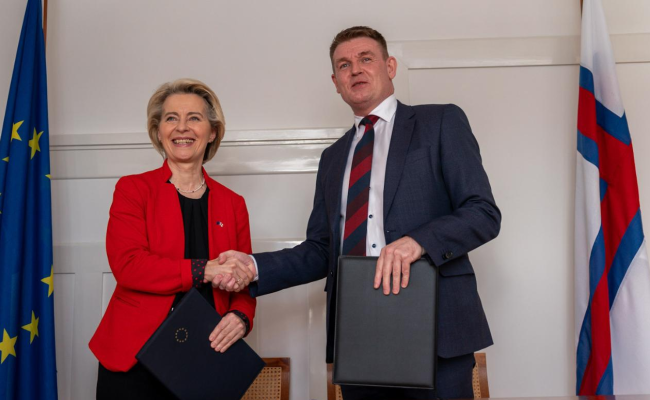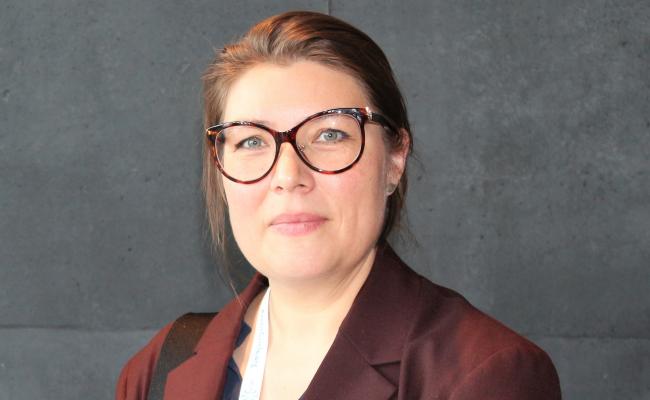Op-ed: It’s Greenland’s Turn to Lead the Arctic Council

In 2025, the Kingdom of Denmark will take over from Norway as part of the rotating Arctic Council chairship. Researcher Hannah Chenok argues that Greenland must have a greater say in the chairship. (Archive photo of Itilleq, Greenland: David Stanley, Flickr)
Op-ed: In 2011, Greenlandic politicians arrived at an Arctic Council meeting in Sweden to find they did not have a seat at the table. I mean this in the most literal sense: the chair where Greenland sat during previous Arctic Council meetings had been moved to the back bench. Instead, the Kingdom of Denmark, of which Greenland is a self-governing nation, held the sole central seat.
This is an opinion piece written by an external contributor. The article expresses the writer's opinions. High North News is not responsible for the content in external links.
Denmark would not be in the Arctic Council without Greenland. If you look at a map of the world from the top, you’ll see a large island—the largest island in the world, in fact. That island, with 56,000 residents, is Greenland. And it is the only part of the Kingdom of Denmark that lies within the Arctic.
A greater say
Since that fateful day in 2011, Greenland has negotiated with Denmark to regain a greater say in Arctic Council affairs. In 2021, Denmark and Greenland agreed that Greenland would be the first to speak at Arctic Council meetings and the main signatory to declarations. However, there haven’t been many declarations as of late.
After Russia’s 2022 invasion of Ukraine, the Arctic Council is severely weakened. In-person meetings have stalled, and collaboration with Russia—which makes up half of the Arctic coastline—is minimal.
In 2025, the Kingdom of Denmark will take over from Norway as part of the rotating Arctic Council chairship. A more prominent role for Greenland during the Kingdom’s chairship is the best possible way to preserve Arctic Council relevance and respond to the crisis moment we are in. And it’s something Greenlanders have advocated for years.
The Arctic Council chair’s role is even more crucial in the absence of in-person meetings. The chair helps determine what the Arctic Council achieves, which influences global perceptions of its legitimacy. Greenlandic politicians are the best leaders for that job for several reasons.
90 percent of Greenland’s population is Indigenous Inuit
Firstly, because leaders in Greenland have the capacity to transcend borders in ways Arctic Council member state leaders cannot.
Inuit community
90 percent of Greenland’s population is Indigenous Inuit. The Inuit peoples span the globe, including in Russia. Inuit organizations - such as the Inuit Circumpolar Council - have deep connections with Inuit across the circumpolar region, suggesting that Greenlanders would be a natural fit to lead the next phase in Arctic collaboration.
The potential for connection with the Inuit in Russia could be the link that preserves cooperation during this period of unprecedented tension.
Secondly, because what happens in Greenland has dramatic impacts on the Arctic and the rest of the world. Greenland’s ice sheet is melting at an alarming rate, in part because the Arctic is warming three to four times faster than the rest of the globe.
If all of the ice on Greenland melted, it would raise sea levels by 24 feet, swallowing cities, towns, and countries. The people of Greenland know the most about what is happening to their island and what is needed to curb the worst effects. They need a seat at the table.
Also read (The text continues)
Thirdly, because centering Greenland would preserve the Arctic Council’s role as a beacon of inclusive international cooperation.
The Council is widely viewed as one of the most representative international governance forums, in large part because of the seats reserved for Indigenous Peoples’ Organizations. Indigenous Peoples’ participation is crucial to the Arctic Council’s legitimacy, and a central role for Greenland would burnish that reputation.
Highly equipped to lead
What’s more, Greenlanders have a track record demonstrating they are highly equipped to lead. In 2009, Greenland began leading the Sustainable Development Working Group, where they had the foresight to place health and living conditions at the top of the group’s agenda.
This holistic approach to sustainable development is just one of the many ways Greenland is already leading at the Arctic Council.
What Greenland’s leadership looks like in practice is up to the governments of Greenland and Denmark to decide. A good first step would be to appoint a Greenlandic Inuit official as Chair of the Senior Arctic Officials, a preeminent role in the Arctic Council.
In about a year, the Kingdom of Denmark will take over as Arctic Council chair. Here’s hoping a Greenlander will have the most prominent seat at the table.



